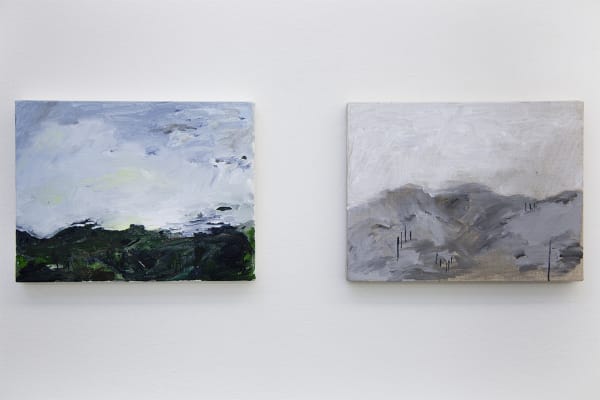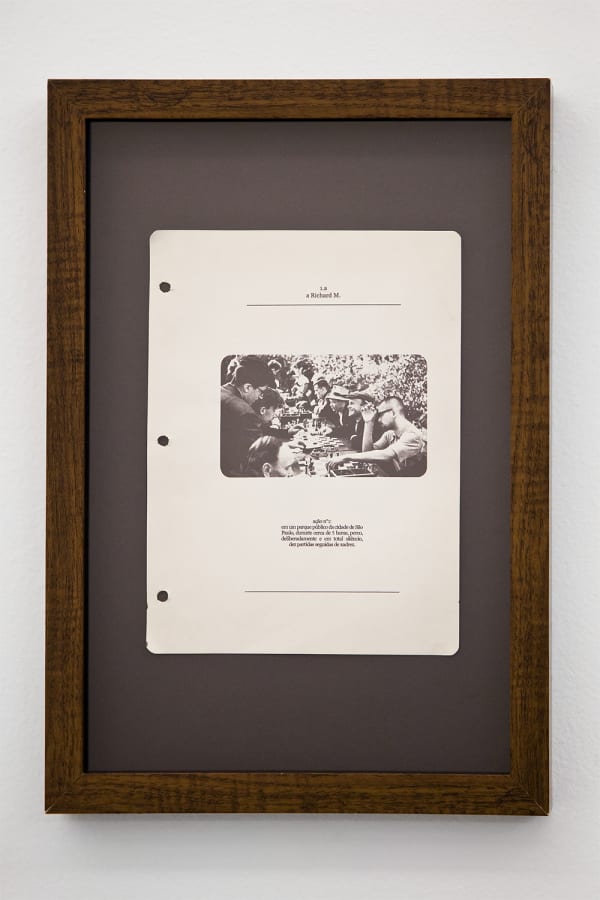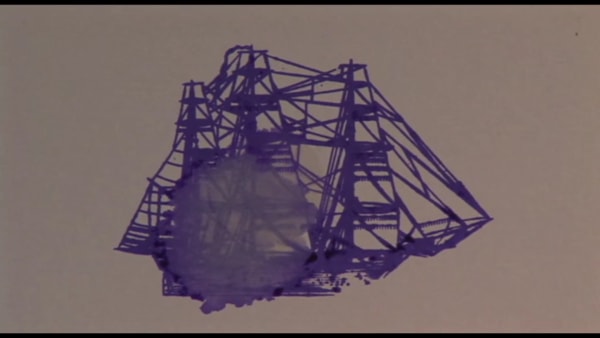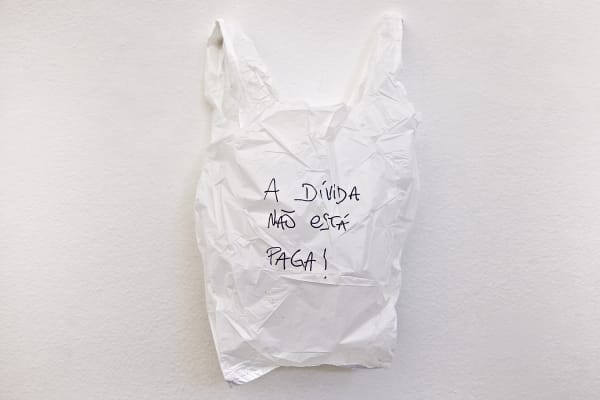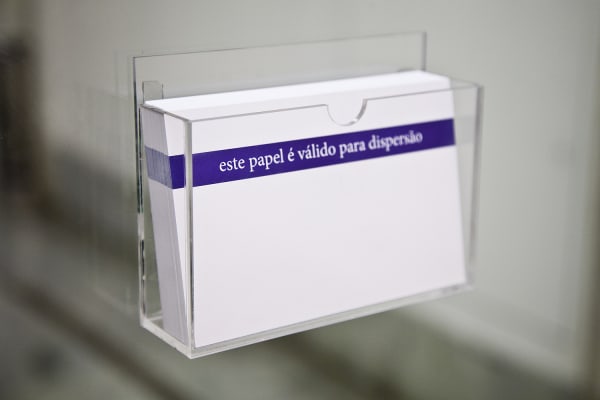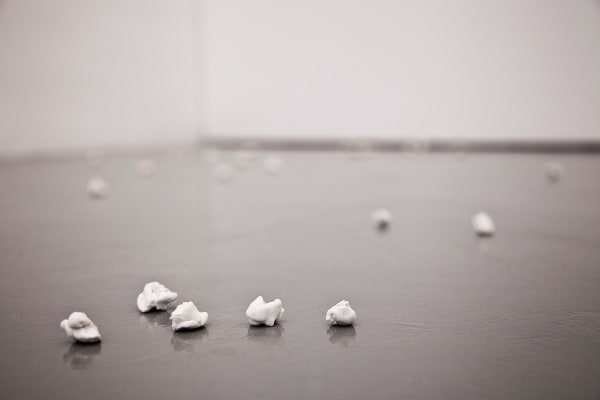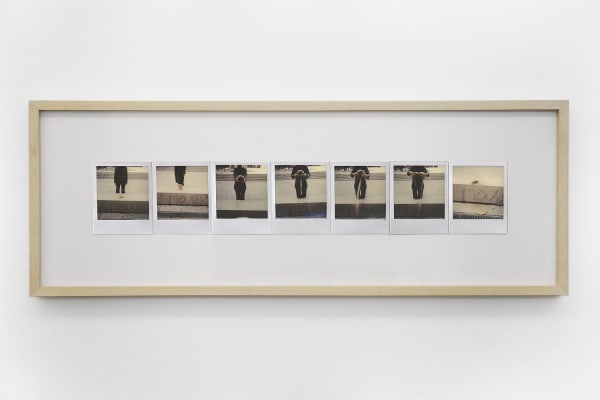Effort-Performance
The expression “Effort-Performance” refers to a concept coined by the theories of motivation with the aim of explaining the triggering elements of behavior in order to produce incentive models. Therefore, it is grounded on the assumption that an individual’s action is hinged on his expectancy of future events. In sum: an outcome is associated with an effort. Resorting to such construct — primarily applied to corporate governance — in an crossover approach within the context of art exhibition challenges what should remain as a drive for artistic creation, as well as the effectiveness of performance; and transforms the possibility of creating with an end in itself in a moot point.
Furthermore, this expedient here also ventilates the discussion on the ways to think about the troubled state of the collective spirit through new aesthetic propositions/gestures/dispositions.
Following a turn-of-the-year which dragged such heavy and intricate social tensions along, this show gathers works that, as a whole, point to lowered expectations, if any. This way, it somewhat defies the widespread dreamland depicted in speeches about economic growth, great constructions and humongous events.
Drawn by the idea of a time bereft of high expectations as the prerequisite to conceive efforts abreast of the present challenges, it endeavors to break a consensus shaped by the social belief of “country of the future." It then comes up with other pace: not the hectic and hopeful one that inspirited the prowess of public decision-makers’ remarks over the last decade, who, even if witnessing collapse, insisted on foretelling a future juncture capable of leading to desirable transformations. In this vein, the exhibition proposes not to fall in line, but else to pursue this time’s current latencies.
It creates opportunity for different propositions to indicate, each in their own way, a certain detachment from the sign of spectacularism and narratives bound by an appeal for the masses and the global signification. It encompasses manifestations that are framed in their own locales, putting in perspective our assumptions of significance and our foci of attention. In-between movements of recurrence and scattering; personal accounts and blurred vision; wear and tear; overwhelming and numbness, a heterogeneous whole is built where senses are either assertive or elusive, but likewise prone to prompting experiences of new forms of influence on onlookers.
Germano Dushá


